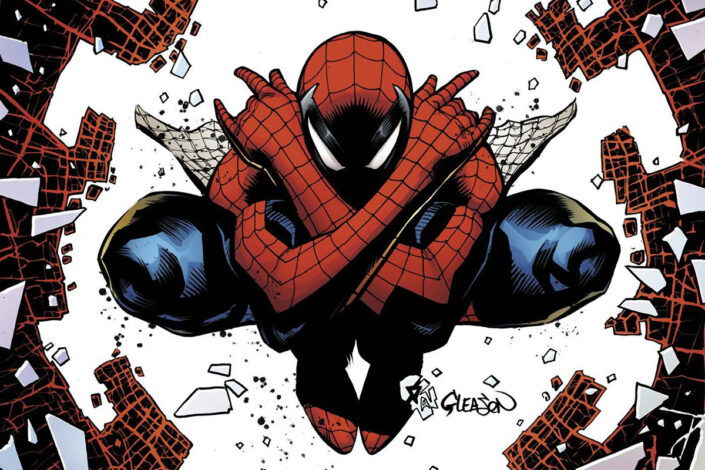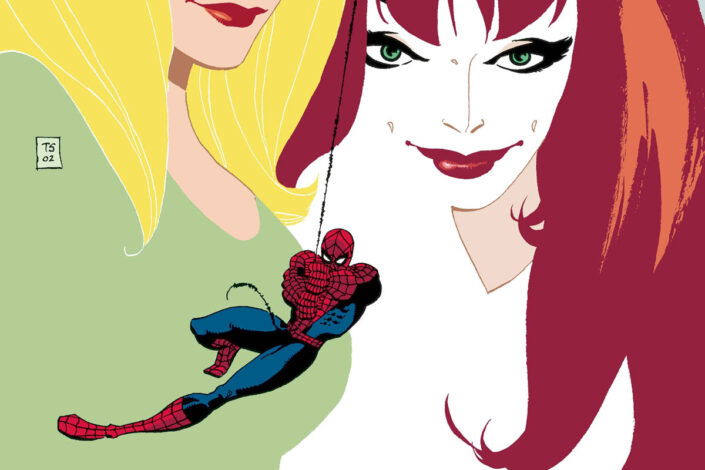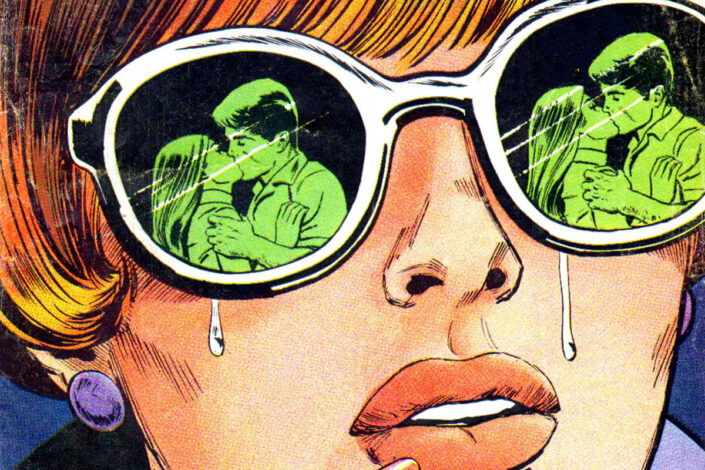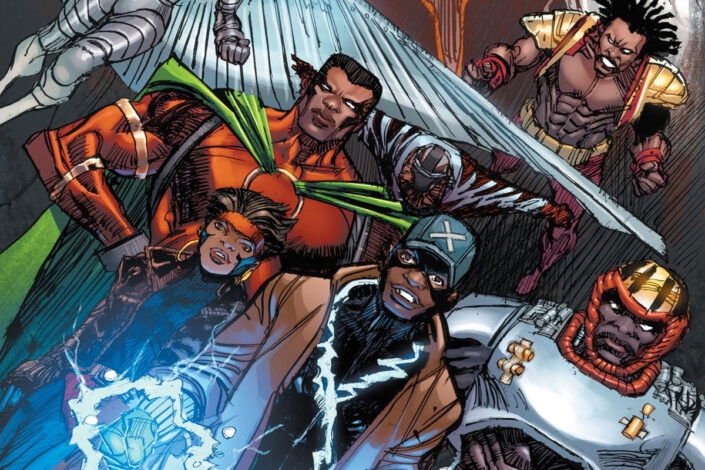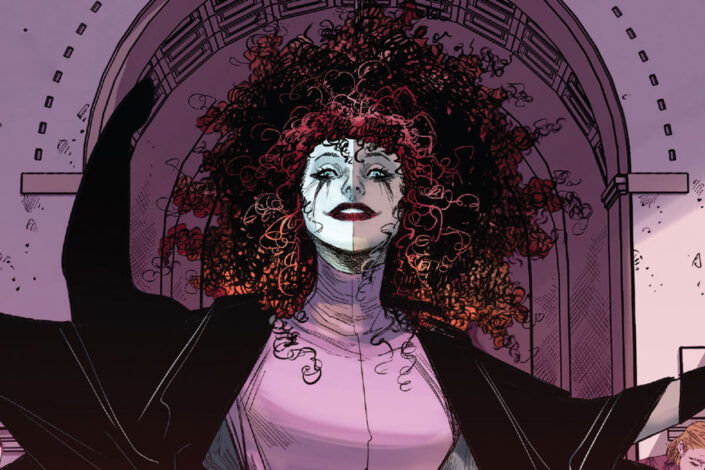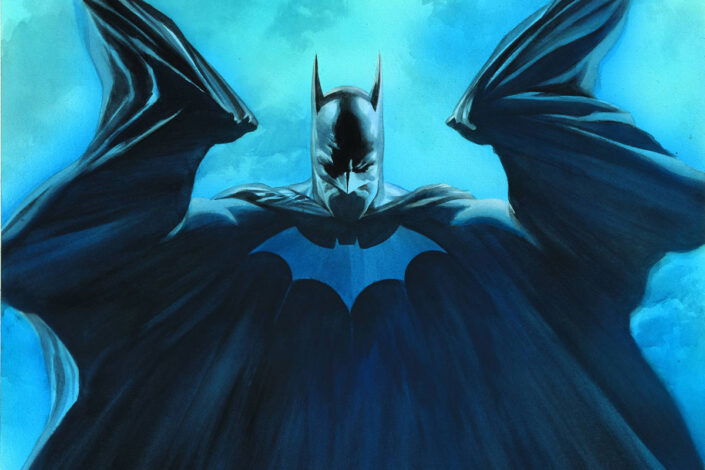Static Shock Reading Order
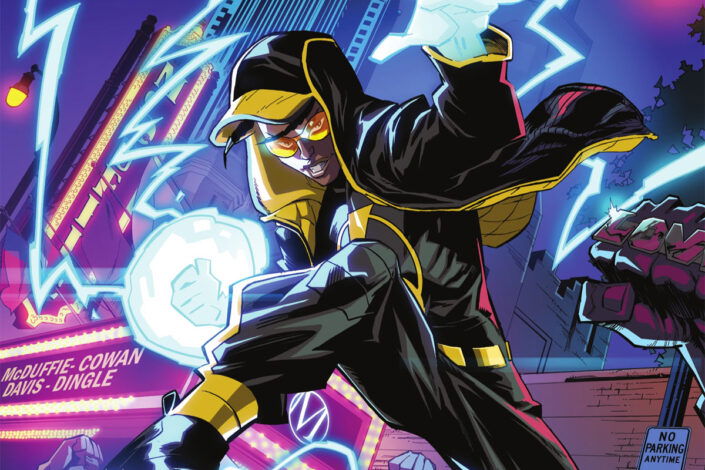
Helped by a popular 4-season animated show titled “Static Shock” broadcasted between 2004 and 2004 on the WB Television Network’s Kids’ WB programming block, Static became the most popular superhero from the Milestone Comics imprint (distributed by DC Comics). Even before the show started, he was already one of the highlights of the line.
Created by Dwayne McDuffie, Denys Cowan, Michael Davis, Derek T. Dingle, and Christopher Priest, Static made his first appearance in a 3-page preview in Icon #1 before the launch of the ongoing Static comics series written by McDuffie and Robert L. Washington III and illustrated by John Paul Leon. The comic book would last 45 issues but the characters appeared in more comics from the Milestone line as it was part of the shared universe called the Dakotaverse.
Static is really Virgil Hawkins, an African-American teenager living in Dakota City who gains his superpowers during the “Big Bang.” The Big Bang happened when the police disrupted a gang conflict by using an experimental gas with catastrophic consequences. This gas gave many people in the area superhuman abilities.
Read More »Static Shock Reading Order
